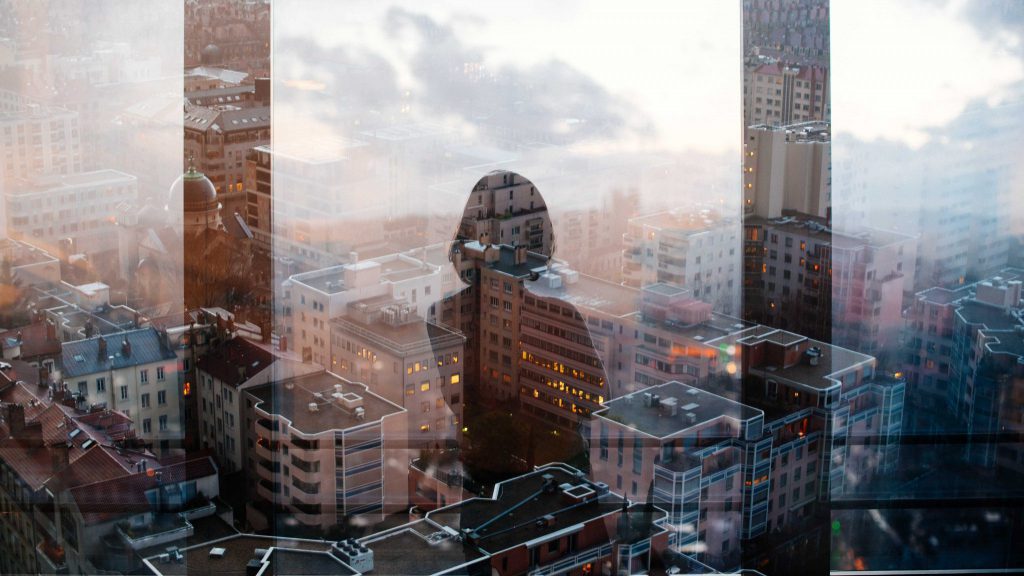Double exposure effect is the combination of two or more images to create a visual narrative. It’s often used in artistic photography, and you can see it in galleries, fashion magazines, and music albums covers. But it can also be used to improve wedding photos, overlay different exposures of the same frame, or change the background of a photo.
To achieve a double exposure effect you need to have a good image editor that works with layers and masks, and offers as many blending modes as possible. But before the editing part is always the concept: what message do you want to convey?
How to build visual stories
To build a visual story you need to follow the steps of a narrative: localization, characters, and plot. Double exposure effect is great for localization. You can add a temporal dimension by overlaying images from the past or a geographical dimension by overlaying maps or other specific symbols of a place. The character is usually the main subject of the base photo. The plot is also extremely important and you have to consider it before anything else.
Visual stories are sometimes used to raise awareness for a specific issue. For example, environmental problems are brought to attention by overlaying “before” and “after” images. You can also address social issues by overlaying victims and aggressors or conflict zones.
Based on your photographic style you can choose to display any story: historical, romantic, fantasy, or real. Double exposure effect is often used to depict dreams or fantasies, to add romantic backgrounds, to represent thoughts and wishes, or to recreate a memory. It’s a creative effect that allows you to accomplish any artistic vision you may have.
Technicalities for a perfect double exposure effect
There are some important technicalities you have to master in order to achieve a beautiful and realistic double exposure effect:
- The ability to work with layers – Overlaying images requires you to understand how layers work. Each image will be in a different layer and you need to know how to create, copy, delete, or edit them.
- Understanding blending modes – Blending modes decide how two layers overlay. Image editors usually have many blending modes you can choose from. There are blending modes that use the darker tones of each layer, the lighter tones of each layer, hue, luminance, or saturation, and differences between pixel values. Each blending mode adds a spectacular effect to your artwork.
- The ability to use masks – Masks are special selections that can help you locate the double exposure effect in a specific area of the base image. For example, you can overlay an image representing thoughts only on your character’s head and not everywhere in the base image. Usually, masks are gradients, circular, or based on a brush tool.
Double exposure effect is an image manipulation technique. It creates visual stories and allows you to express your photographic voice. Still, using an image editor doesn’t mean you have to forget about composition rules and getting the perfect picture in your camera. Use post-processing as an additional feature and remember that you’re the storyteller.
Cover Photo by Etienne Boulanger on Unsplash
Also check out using the Golden Rule in Photography!

